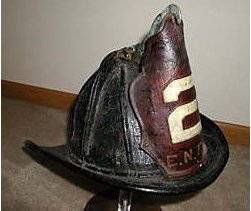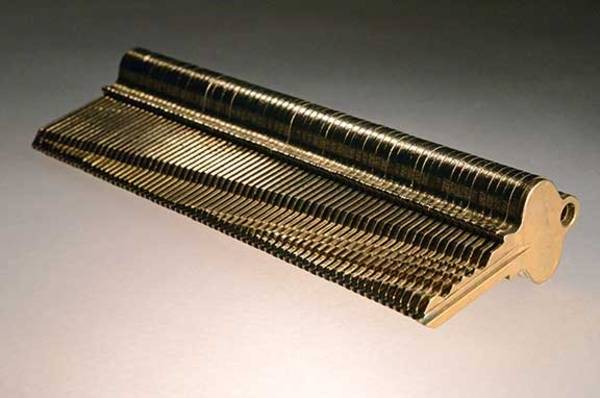Built-in webcams are becoming more and more common in computers these days, and in turn, they are becoming more and more of a liability. A Wyoming couple is now accusing national rent-to-own chain Aaron’s Inc. of spying on them at home using their rented computer’s webcam without their knowledge. Aaron’s also allegedly used a keylogger and took regular screenshots of the couple’s activities on the machine, leading the couple to file a class-action lawsuit in the US District Court for the Western District of Pennsylvania.
According to the complaint filed on Tuesday, Aaron’s has been using a product called “PC Rental Agent” on its rent-to-own machines since at least 2007 in order to “surreptitiously access, monitor, intercept, and/or transmit electronic communications” made by Aaron’s customers. Created by a company called DesignerWare, PC Rental Agent is advertised as a way to keep track of rent-to-own computers and lock out customers who fail to pay. According to the lawsuit, the product was sold to Aaron’s under the guise that it was undetectable by users, and Aaron’s apparently conceals the fact that it has the ability to monitor customers’ activity when marketing its services.
Read the comments on this post
More:
PC rental store accused of using webcams, keyloggers on customers









